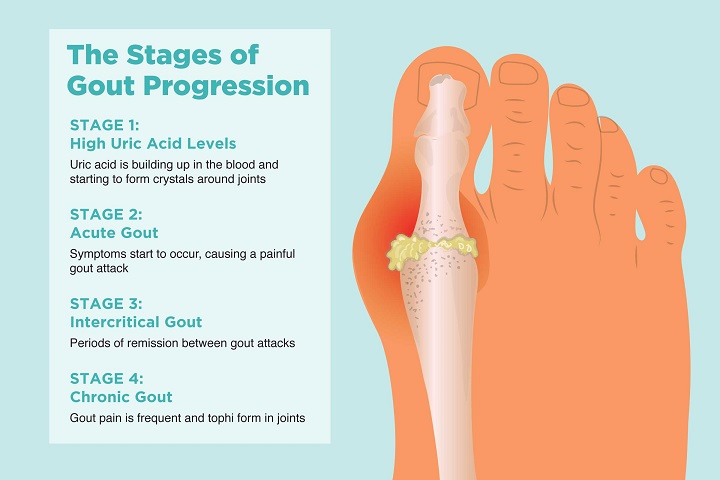Traumatic life events, discrimination prematurely weaken body’s mix of immune cells
Date: June 13, 2022
Source: University of Southern California
Summary: Stress — in the form of traumatic events, job strain, everyday stressors and discrimination — accelerates aging of the immune system, potentially increasing a person’s risk of cancer, cardiovascular disease and illness from infections such as COVID-19, according to a new study. The research could help explain disparities in age-related health, including the unequal toll of the pandemic, and identify possible points for intervention.
Continue reading “Stress accelerates immune aging, study finds”



